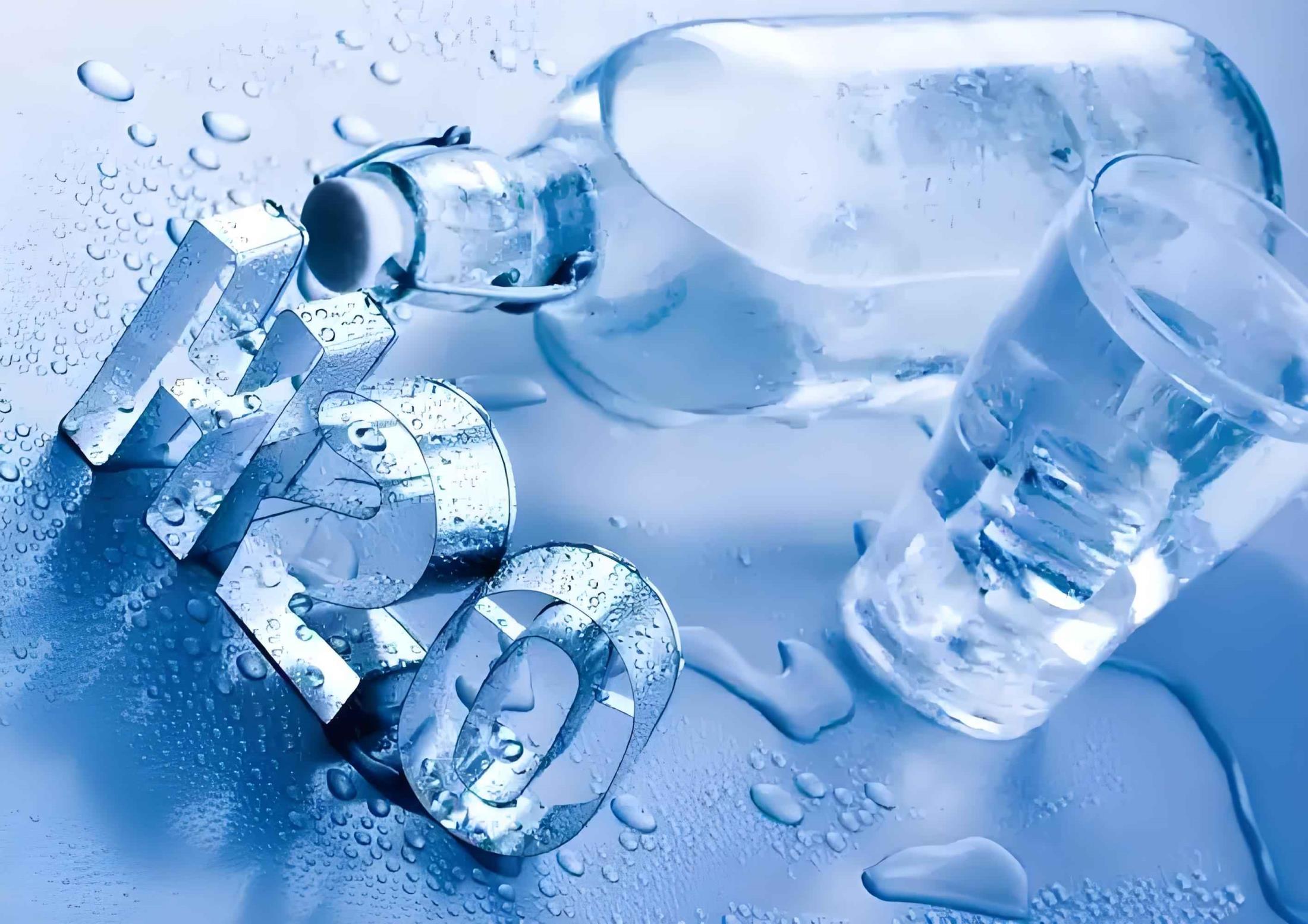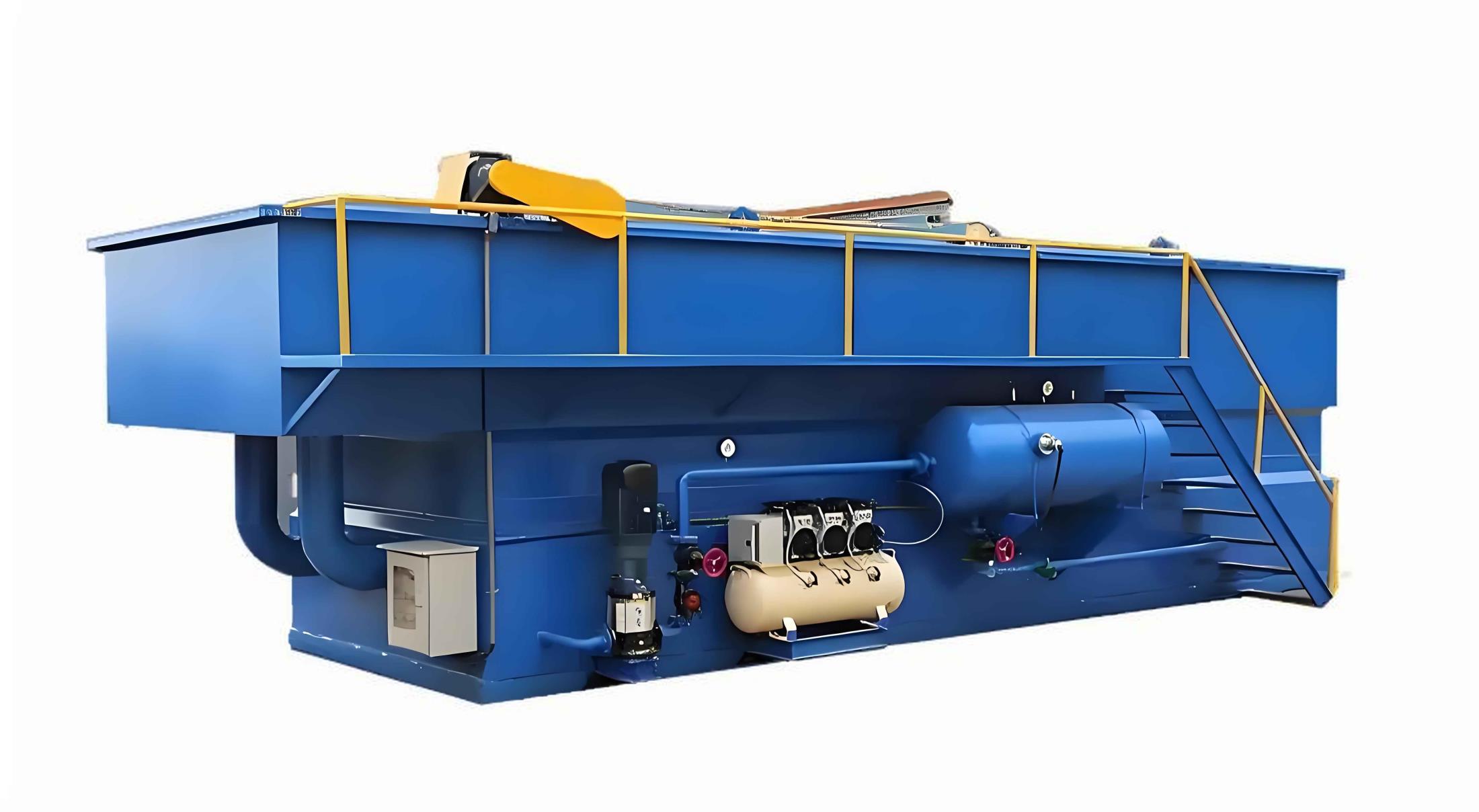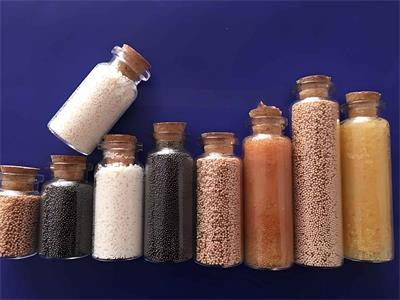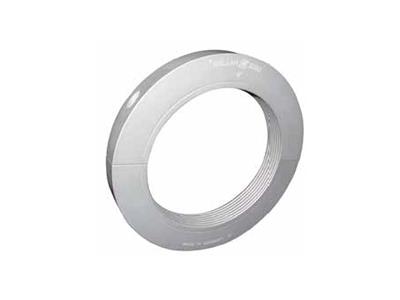- 2025-07-16
Aerospace
Aerospace
Water treatment in the aerospace industry is a critical component in maintaining the safety, reliability and efficiency of a variety of processes and systems. Aerospace water treatment generally involves the purification and conditioning of water for a variety of applications, including drinking water, cooling systems, hydraulic systems and fire suppression systems.
Our aerospace water treatment solutions include:
Custom Purification
Deionized Water Systems
Industrial Filtration Systems
The following are some key aspects of water treatment in the aerospace industry:
Drinking Water Treatment: Ensuring a safe and reliable supply of drinking water is critical to aircraft and space missions. Water treatment systems are used to remove contaminants such as bacteria, viruses, chemicals and particulate matter from the water supply. To meet stringent drinking water standards, processes such as filtration, disinfection (such as ultraviolet or chemical disinfection) and advanced purification technologies such as reverse osmosis are used.
Cooling System Treatment: Aerospace vehicles and systems rely on cooling systems to dissipate the heat generated during operation. These systems typically use water as a coolant. Water treatment is critical to preventing scaling, corrosion and microbial growth within the cooling system. Techniques such as chemical treatment, filtration and regular maintenance help maintain the efficiency of the cooling system and extend its service life.
Hydraulic System Treatment: Hydraulic systems in aerospace applications use fluids to transmit power and operate various components. Water contamination in hydraulic fluids can lead to system failures, equipment damage, and reduced performance. Hydraulic systems employ water removal and purification techniques such as dehydration and filtration to maintain the required purity.
Fire Extinguishing System Treatment: Fire extinguishing systems in aircraft and aerospace facilities utilize water or water-based agents to control and extinguish fires. Ensuring the quality and reliability of the water used in these systems is critical. Water treatment methods are used to remove impurities, maintain water flow and pressure, and prevent clogging or damage to fire suppression equipment.
Wastewater Treatment: Aerospace facilities typically generate wastewater from a variety of processes and operations. Proper treatment of this wastewater is critical to meeting environmental regulations and minimizing impacts on surrounding ecosystems. Wastewater treatment processes include sedimentation, filtration, biological treatment, and disinfection to remove contaminants and ensure compliance with discharge standards.
Aerated Water Treatment Processes
Aerated water treatment is a process that introduces air into water to remove or modify certain dissolved gases, volatile organic compounds (VOCs), and in some cases, certain contaminants. Aerated water treatment is commonly used in water and wastewater treatment to improve water quality, address taste and smell issues, and enhance the effectiveness of other treatment processes. Here's how aerated water treatment works:
Oxygen transfer: One of the main purposes of aeration is to increase the dissolved oxygen content in water. By introducing air or oxygen into the water, an oxygen transfer process occurs, causing oxygen molecules to dissolve in the water. This is particularly important for maintaining aerobic conditions and supporting biological processes, such as in wastewater treatment plants.
Volatile compound removal: Aeration helps remove volatile compounds from water. Volatile organic compounds (VOCs) are chemicals that easily evaporate into the air. Through aeration, some VOCs can be volatilized and released into the atmosphere, thereby reducing their concentration in the water. This can help address taste and odor issues caused by some VOCs.
Air stripping: Aeration can be used to strip dissolved gases such as hydrogen sulfide (which creates a rotten egg smell), carbon dioxide, or methane from the water. These gases are released into the air when the water is agitated and aerated.
Oxidation: Aeration can promote oxidation reactions in water. For example, aeration can promote the conversion of ferrous ions (Fe2+) to ferric ions (Fe3+), which can be more easily removed by filtration or sedimentation processes. Aeration can also promote the oxidation of certain contaminants, such as hydrogen sulfide or certain organic compounds, making them easier to subsequently treat.
Mixing and Flocculation: Aeration aids in the mixing and flocculation processes in water treatment. By introducing air, turbulence is created, which aids in the mixing of chemicals and the formation of flocs. Flocs are larger particles that settle more easily during the sedimentation or filtration phase, improving the removal of suspended solids and certain contaminants.
In the aerospace industry, water treatment is highly regulated to meet stringent quality standards and ensure the safety, reliability, and efficiency of aerospace operations. Specific requirements may vary depending on the application, such as commercial aircraft, space missions, or aerospace manufacturing facilities. Compliance with industry standards and regulations is critical, and aerospace companies often work closely with water treatment experts and regulators to ensure effective water treatment measures are implemented.
It is important to note that aeration alone may not be sufficient to complete water treatment, especially for the removal of certain contaminants. Aeration is often used in conjunction with other treatment processes, such as filtration, sedimentation, disinfection, or chemical dosing, to achieve the desired water quality goals. The specific application and water quality considerations will determine the appropriate aeration system and its integration into the overall water treatment process.






